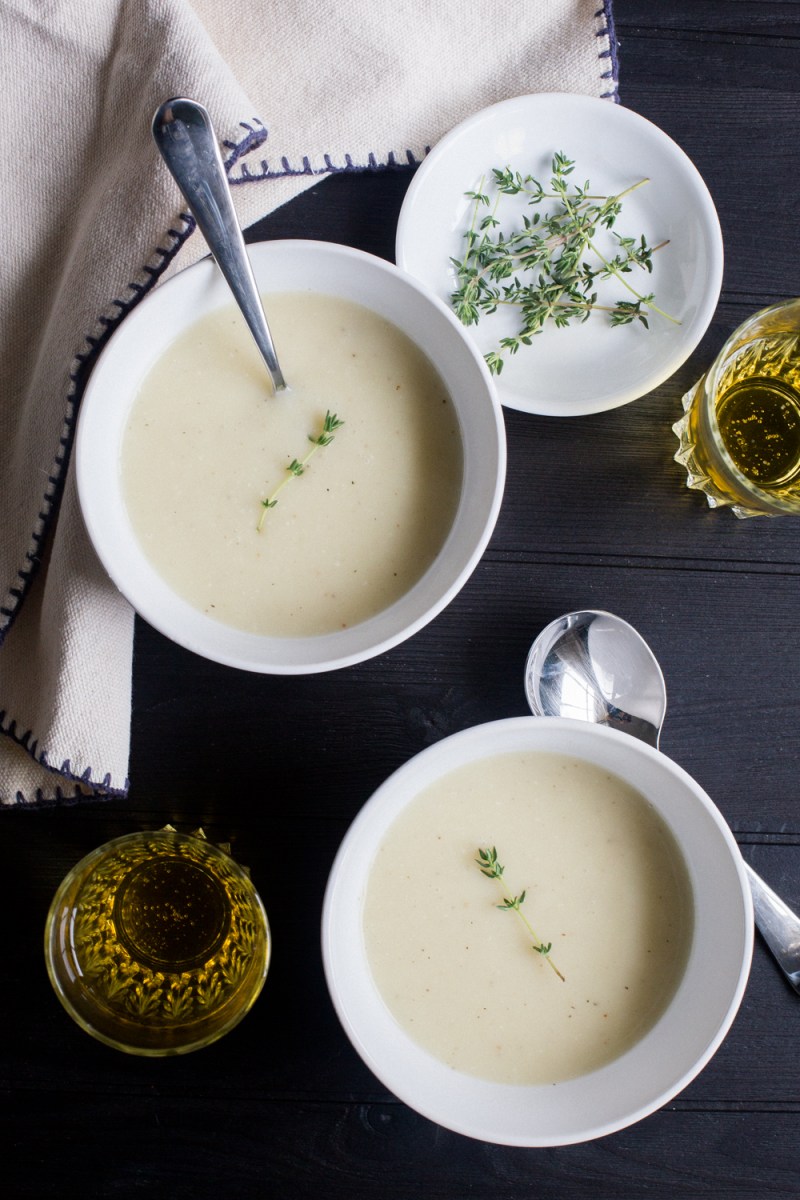
It’s a New Year, which means many folks are just starting (or restarting) a new healthy eating adventure. One of the more popular eating challenges is the Whole30 (heck, it’s the #6 book on Amazon as of this morning). It’s been a few years since I’ve done a Whole30, which is a 30-day program with explicit guidelines. It doesn’t stray far from the way I eat anyway, other than the fact that it’s more stringent on honey, alcohol, dairy, and rice than my typical diet.
One thing I remember from my last Whole30 (in 2012, if memory serves me) was that I had a hard time keeping up my carb intake – at the time, the only carb-heavy foods allowed were sweet potatoes, beets, and plantains, which grew tiresome after a month of eating them. Luckily, the folks behind Whole30 remedied that in 2014, when they added white potatoes to their list of allowed foods. Hopefully this recipe – which includes two starchy vegetables – will make this month’s Whole30 a bit easier for everyone (also, don’t forget about this guide which transforms 94% of the 250+ recipes in Paleo Takeout to be Whole3o-compliant).
The turnip is one of the first cultivated vegetables, with some records dating back 17,000 years. Turnip roots aren’t as popular in the US as their greens, which are similar to mustard greens in taste. This soup is one of my favorite ways to prepare turnips, as it accentuates the natural creaminess of the root; serve this to your guests, and they won’t believe you that it’s dairy-free. Adding potatoes to the soup adds more body and heft to the dish, warming the belly on these cold winter evenings.
Fun fact: the rutabaga, another common root vegetable, was originally a cross-cultivation of the turnip and cabbage. It is also referred to as “neep” in some countries, likely a carryover from the Old English word næp (and before that, the Latin word napus), which meant “turnip”. Rutabagas and turnips are often confused for one another, with a common misconception that rutabagas are just large turnips.
